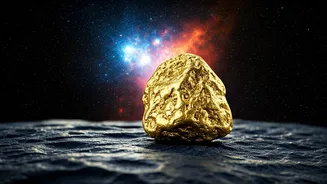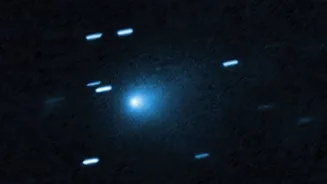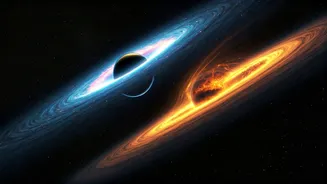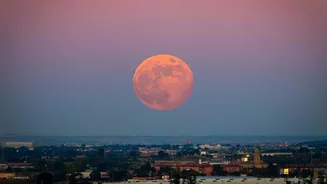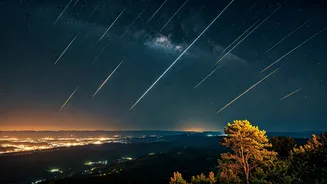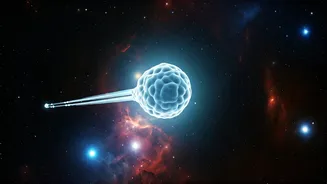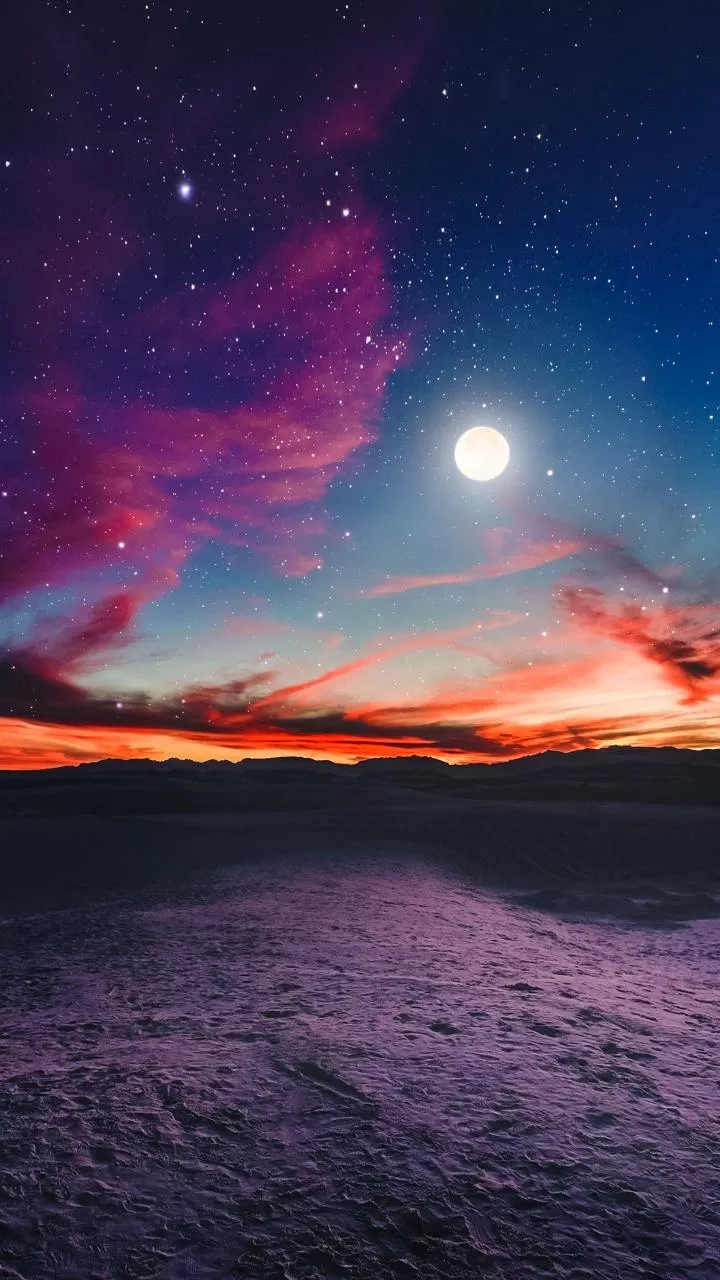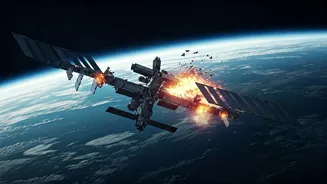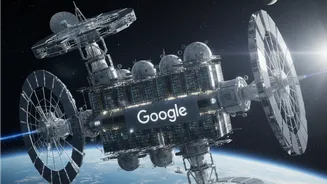Cosmic Origins of Gold
The journey of gold begins not on Earth, but within the vast expanse of the cosmos. The gold we cherish is not a product of our planet's formation; instead,
it was crafted through a process called nucleosynthesis. This cosmic alchemy occurs under extreme conditions, primarily within the cores of massive stars and during cataclysmic events like supernovae explosions and the merging of neutron stars. These events generate temperatures and pressures capable of fusing lighter elements into heavier ones, including gold. Without these stellar processes, gold would not exist. Therefore, the gold we find on Earth is a testament to the dramatic history of the universe. It's a cosmic inheritance, formed billions of years ago in distant galaxies.
Stellar Alchemy Explained
Nucleosynthesis is the remarkable process responsible for creating all the elements heavier than hydrogen and helium. While lighter elements formed shortly after the Big Bang, the heavier ones, including gold, required the extreme conditions found in stars. When massive stars reach the end of their lives, they explode as supernovae, scattering elements forged within their cores into space. This explosion creates the necessary environment for the rapid capture of neutrons, a process known as the r-process, which is crucial for synthesizing heavy elements like gold. Furthermore, the collision of neutron stars, incredibly dense remnants of collapsed stars, is another key site for the r-process. These collisions are incredibly energetic, releasing vast amounts of heavy elements, including gold, into the cosmos.
Neutron Star Collisions
Neutron stars, among the densest objects in the universe, are the remnants of massive stars that have undergone supernova explosions. When two neutron stars collide, it's a truly spectacular event. The immense gravitational forces and rapid compression lead to a burst of energy, creating conditions perfect for the r-process. This process quickly forges heavy elements from lighter ones. When the neutron stars collide, they release a tremendous amount of gold and other heavy elements into space. In 2017, scientists observed such a collision, providing direct evidence for the role of neutron star mergers in producing gold. This observation confirmed long-held theories and brought us closer to understanding how the universe crafts the precious metals we find on Earth.
The 2017 Breakthrough
The year 2017 marked a pivotal moment in understanding the origin of gold. Astronomers detected the light from a neutron star merger, confirming that these collisions were indeed sites of gold production. This observation, made possible by advanced telescopes and sophisticated analysis, offered direct evidence for the r-process. The event, dubbed GW170817, allowed scientists to analyze the light emitted from the collision, revealing the signature of heavy elements, including gold. This discovery revolutionized our understanding of the cosmic origins of gold and other heavy elements, solidifying the connection between stellar events and the composition of our planet. This event demonstrated that the universe continues to create gold.
From Universe to Earth
After gold is forged in these cosmic events, it's scattered throughout the universe. Some of this gold eventually becomes part of new star systems and planets. When our solar system formed, gold, along with other elements, became incorporated into the Earth. During the planet's early formation, heavier elements like gold sank toward the Earth's core. Some gold remained in the mantle and crust, eventually becoming accessible to us. Over billions of years, geological processes like volcanic activity, erosion, and sedimentation concentrated gold in specific locations, making it possible for us to mine and use it. Every piece of gold jewelry or gold item is therefore a tiny piece of the cosmos, a reminder of the universe's incredible ability to create and distribute matter.
Still Forging Treasure?
The universe doesn't stop creating. Although most of the gold we can access on Earth was created in the distant past, the processes responsible for its formation are likely still ongoing. Neutron star mergers and supernova events still occur throughout the cosmos, continuously forging new gold. While these events are rare on a human timescale, the sheer vastness of the universe ensures that gold production continues. However, the gold created in these events is unlikely to reach Earth directly. It will become part of new stars and planets, and eventually, perhaps, be available to other life forms. This means that, in a cosmic sense, the universe is still producing gold, even if we are not directly benefiting from it at this moment.
A Final Reflection
The story of gold is a testament to the dynamic nature of the universe. From the fiery hearts of exploding stars to the catastrophic collisions of neutron stars, gold's journey is a tale of creation and cosmic wonder. It is a tangible link to the earliest moments of the universe. Every piece of gold we possess serves as a reminder of the incredible forces at play in the cosmos. Understanding the origins of gold enhances our appreciation for the universe and our place within it. It demonstrates how everything, including the materials we value most, is connected through the grand processes of cosmic evolution. Thus, gold connects us to the universe in a very unique way.
